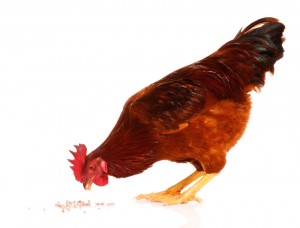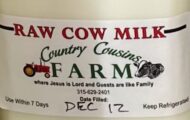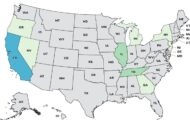According to researchers at the University of Liverpool, a mass poultry vaccination program in the UK has led to a dramatic decrease in the number of Salmonella cases since the late 1990s. There are about 6 million cases of salmonellosis in the European Union every year.
 Salmonella infections rose by epidemic proportions between 1981 and 1991 in the UK, increasing by 170% during that time period. Control measures were put in place, including compulsory slaughter of poultry infected with Salmonella, disinfection procedures, and movement restrictions. In 1994, the industry began a voluntary program for vaccinating chickens in breeding flocks. The same program was extended to laying flocks in 1998.
Salmonella infections rose by epidemic proportions between 1981 and 1991 in the UK, increasing by 170% during that time period. Control measures were put in place, including compulsory slaughter of poultry infected with Salmonella, disinfection procedures, and movement restrictions. In 1994, the industry began a voluntary program for vaccinating chickens in breeding flocks. The same program was extended to laying flocks in 1998.
The Lion Quality Code of Practice was launched in 1998. It includes the vaccination against Salmonella Enteritidis, independent auditing, full traceability of hens, eggs, and feed, and a “best before” date stamped on the shell and pack. In addition, there are higher standards of animal welfare codified into the program than that required by law. The Lion Quality mark is only used on eggs produced according to this code. More than 85% of eggs produced in the UK are produced to these standards.
Sarah O’Brien, Professor of Epidemiology and Zoonoses at the University of Liverpool’s Institute of Infection and Global Health said, “we have seen a marked decline in the number of incidences of Salmonella infection, shown by two significant studies conducted 10 years apart. These studies found that the number of cases fell from 1.6 cases per 1,000 person years for a study conducted from 1993 to 1996 to 0.2 cases per 1,000 person years for the same study conducted from 2008 to 2009. In addition, the number of laboratory-confirmed cases of illness dropped from more than 18,000 in 1993 to just 459 in 2010.
She continued, “the decrease in laboratory confirmed human cases coincides quite closely with the introduction of vaccination programs in breeder and laying flocks. It is probable that no single measure contributed to the decline in Salmonella cases but the relationship between vaccination programs and the reduction in human disease is compelling and suggests these programs have made a major contribution to improving public health.”





What are the side effects for humans? Once upon a time we thought pumping the animals with antibiotics was a good thing too
I’m not a veterinarian, but I do think that vaccinating animals is not the same thing as putting subtherapeutic doses of antibiotics in their food. A vaccination is made of dead or inactivated bacteria that provokes an immune response, which antibiotics treat infections caused by bacteria. It’s the low, constant doses of antibiotics in animals that are not sick that are most likely to cause mutations in the bacteria.